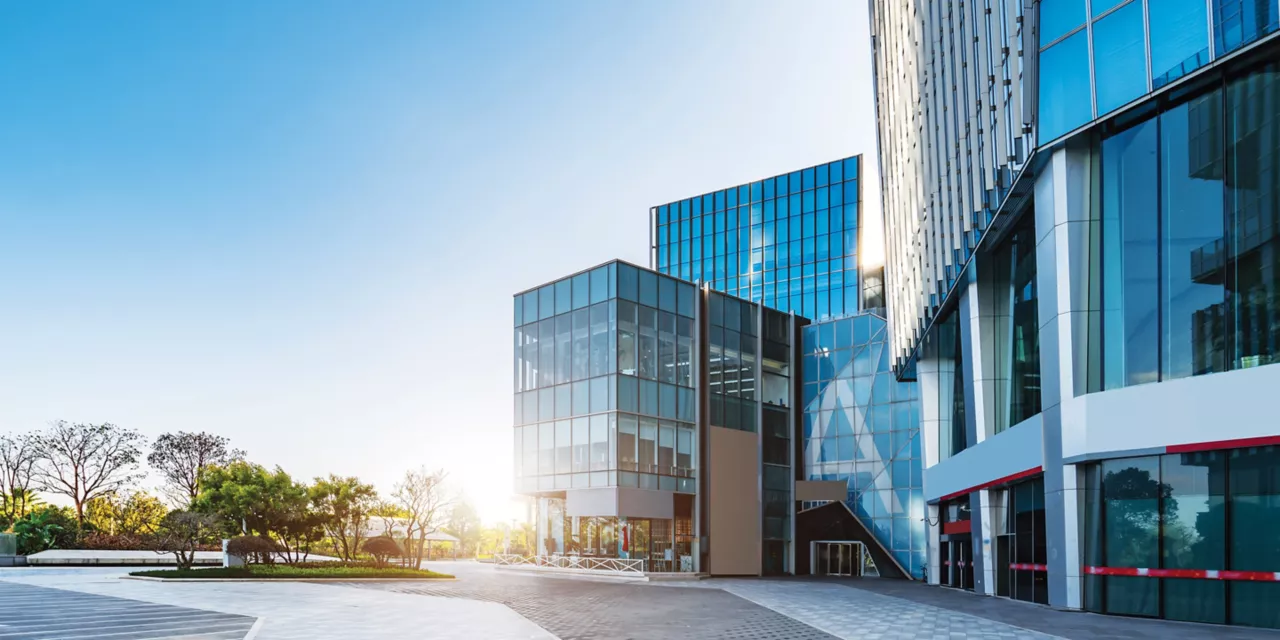Commercial glazing simply refers to the glass both internally and externally featured in commercial buildings like shops, schools, and offices. Because of the scale of these buildings, specialised glass is needed so that they can take advantage of both a sleek look, as well as being able to rely on the glass to keep the property safe and secure. Commercial window repair is essential so that businesses can rely on specialist companies to replace glazing in an emergency, so they can continue to function as normal. Read on as we take a look at the role of this glazing when it comes to energy efficiency and building design.
Commercial glazing and energy efficiency
First, let’s discuss the energy efficiency aspect. Glass is a great insulator, which means it can help to keep heat inside a building during the winter and outside during the summer. This can lead to significant energy savings, as buildings with more efficient insulation require less energy to heat and cool. Additionally, commercial glazing can be designed to allow natural light into a building, reducing the need for artificial lighting and further increasing energy efficiency.
One way that commercial glazing can be used to increase energy efficiency is through the use of low-emissivity (low-e) glass. Low-e glass is coated with a thin layer of metal that reflects heat, keeping it inside the building during the winter and outside during the summer. This can result in significant energy savings, as less energy is needed to maintain comfortable temperatures inside the building.
Another way that commercial glazing can be used to increase energy efficiency is through the use of solar control glass. Solar control glass is designed to block a portion of the sun’s energy from entering a building, reducing the need for air conditioning during the summer. This can lead to significant energy savings, as air conditioning is often one of the largest energy expenses for a building.
Commercial glazing and building design
In addition to energy efficiency, commercial glazing also plays a significant role in building design. Glass allows for a greater amount of natural light to enter a building, which can create a more pleasant and inviting environment for occupants. Additionally, commercial glazing can be used to create a sense of openness and transparency in a building, making it feel more spacious and welcoming.
Curtain walls
One way that commercial glazing can be used in building design is through the use of curtain walls. Curtain walls are large panels of glass that are used to create an open and transparent feel in a building. They can be used to create a sense of spaciousness in smaller buildings and can also be used to create a striking aesthetic in larger buildings.
Skylights
Another way that commercial glazing can be used in building design is through the use of skylights. Skylights are glass panels that are installed on the roof of a building, allowing natural light to enter from above. They can be used to create a sense of openness and can also be used to create a more pleasant environment for occupants.
Commercial glazing plays a significant role in both energy efficiency and building design. It can be used to increase energy efficiency through the use of low-e and solar control glass and can be used to create a more pleasant and inviting environment through the use of curtain walls and skylights. With the right choice of glazing, it can give a building a striking aesthetic and make it more energy efficient. It is important to consult experts and conduct proper research in order to make the best choices for a particular building design.








